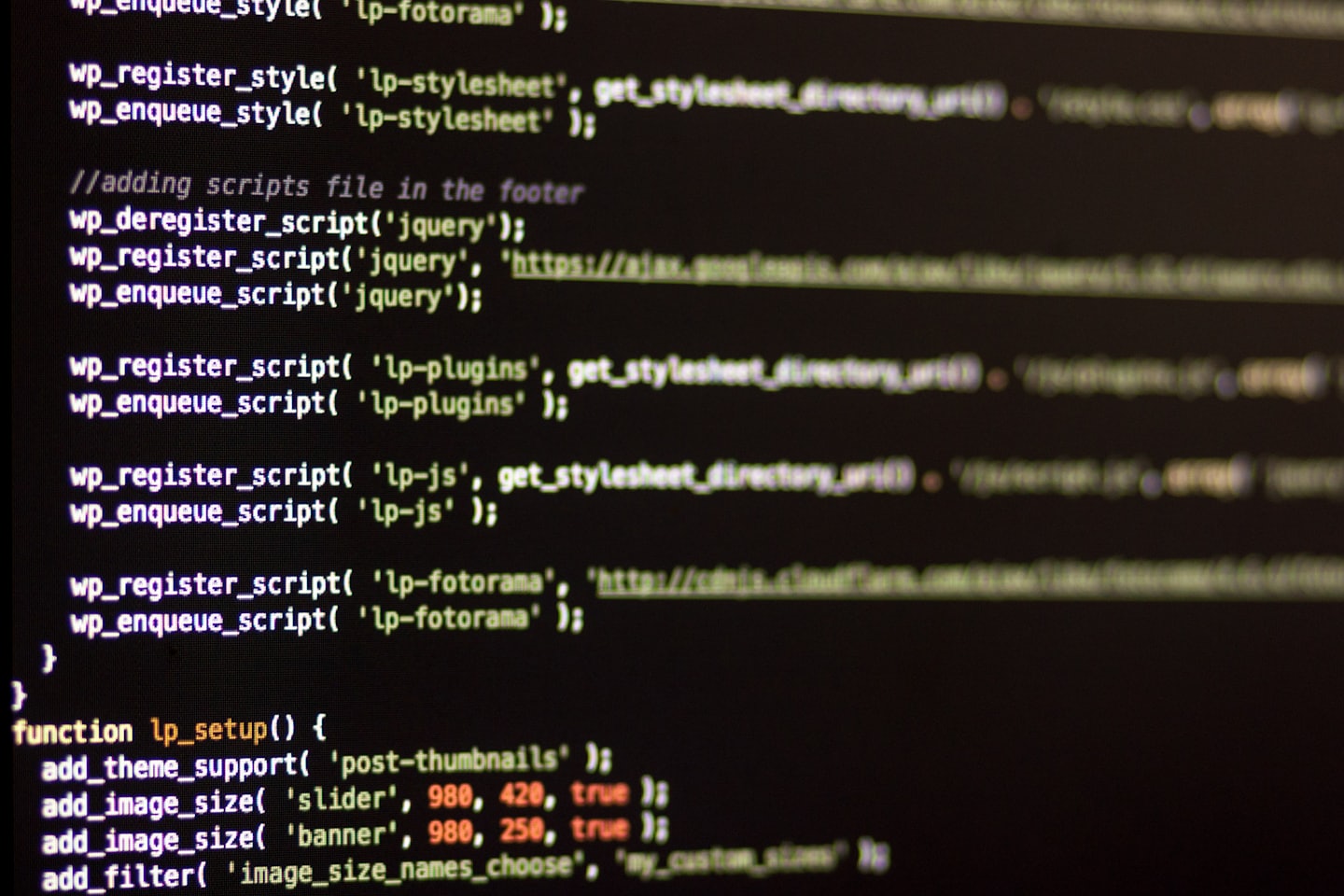In the early days of the block editor, many developers treated it as an optional extra — something for content creators to use while the “real” work still happened in custom templates. But as of 2025, that divide is fading fast. The block-first approach isn’t just a feature anymore; it’s becoming the default way WordPress sites are built, designed, and maintained.
At its core, block-first development shifts the focus from rigid, pre-designed templates to modular, reusable components. Instead of hardcoding layouts, developers build patterns and block variations that allow editors to create complex designs without ever touching code. This not only speeds up the workflow, but also gives non-technical users a level of creative freedom that was once impossible without risking broken layouts.
The tools have matured, too. The block editor’s UI is faster, more intuitive, and better integrated into the entire editing experience. Block-based themes now make it possible to design headers, footers, and sidebars with the same drag-and-drop simplicity as a page section. For developers, this means less time spent handcrafting one-off templates and more time building flexible design systems that adapt to content, not the other way around.
The change isn’t just technical — it’s cultural. Clients who once relied on developers for every design tweak are now confidently making adjustments themselves. Agencies are rethinking how they package projects, focusing on reusable design libraries rather than single-purpose builds. Even plugin authors are shifting their offerings to integrate more seamlessly with block-based workflows.
Still, block-first doesn’t mean “design free-for-all.” A thoughtful block-first approach involves setting guardrails — creating patterns, styling defaults, and reusable components that give users freedom without sacrificing design integrity. Done well, it creates a balance between flexibility and consistency that benefits everyone involved.
Looking ahead, it’s clear that the block editor is no longer an experiment. It’s the foundation of how WordPress sees its future — one where design, content, and functionality live together in a more unified, collaborative environment. Developers who embrace the block-first mindset today are setting themselves up for projects that are not only more efficient to build, but also easier to evolve as the platform continues to grow.


Leave a Reply